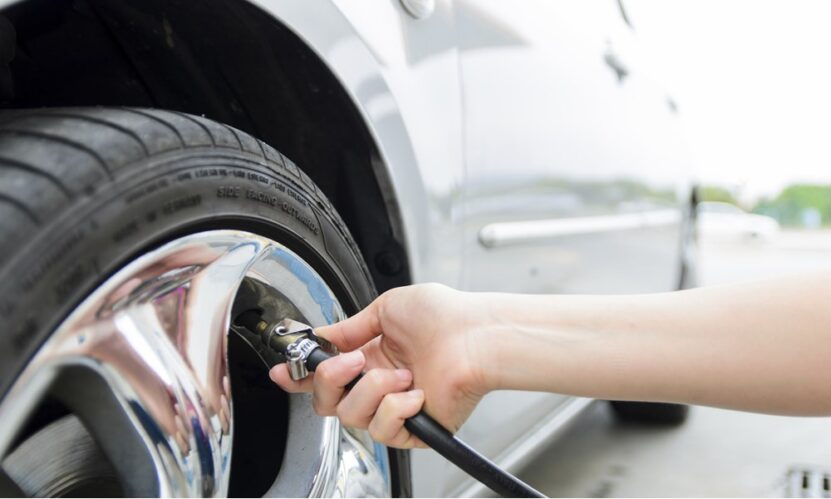Every driver has noticed that gas mileage can change for no apparent reason. What if the secret lies not in your driving skills or your route, but in your wheels? Keeping your rubber properly inflated might save you money at the pump while extending the life of your ride. Let’s see why pressure matters, how it impacts fuel efficiency, and what you can do to avoid common pitfalls.
Key Points
- Correct pressure keeps fuel use efficient.
- Low pressure increases wear and costs.
- Regular checks are essential for savings.
- Good maintenance extends wheel life.
How Pressure Influences Fuel Efficiency
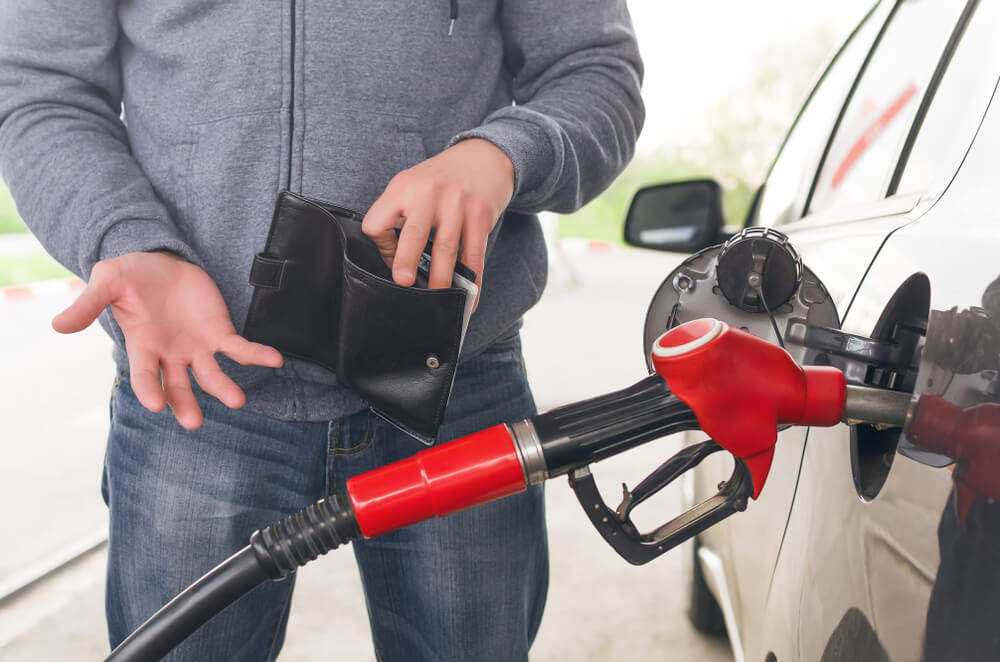
Think of your wheels as your car’s running shoes. When they’re not at their best, your car works harder, burning more fuel. A study showed that underinflated rubber increases rolling resistance, which forces your vehicle to use more energy. It’s like running a marathon in flip-flops instead of sneakers—inefficient and exhausting.
If you’re shopping for the best winter tires St. Catharines, Rectangle Auto Supply has a great selection to help you optimize performance.
Why Low Pressure Burns More Gas
Underinflated wheels create a larger contact area with the road. This might sound great for grip, but it’s terrible for fuel economy. Your car uses extra power to overcome the added resistance, which means more stops at the gas station.
- Increased friction: Causes your engine to work harder.
- Uneven wear: Shortens lifespan, leading to replacements.
- Reduced control: Affects handling, which could compromise safety.
How Seasonal Changes Impact Pressure
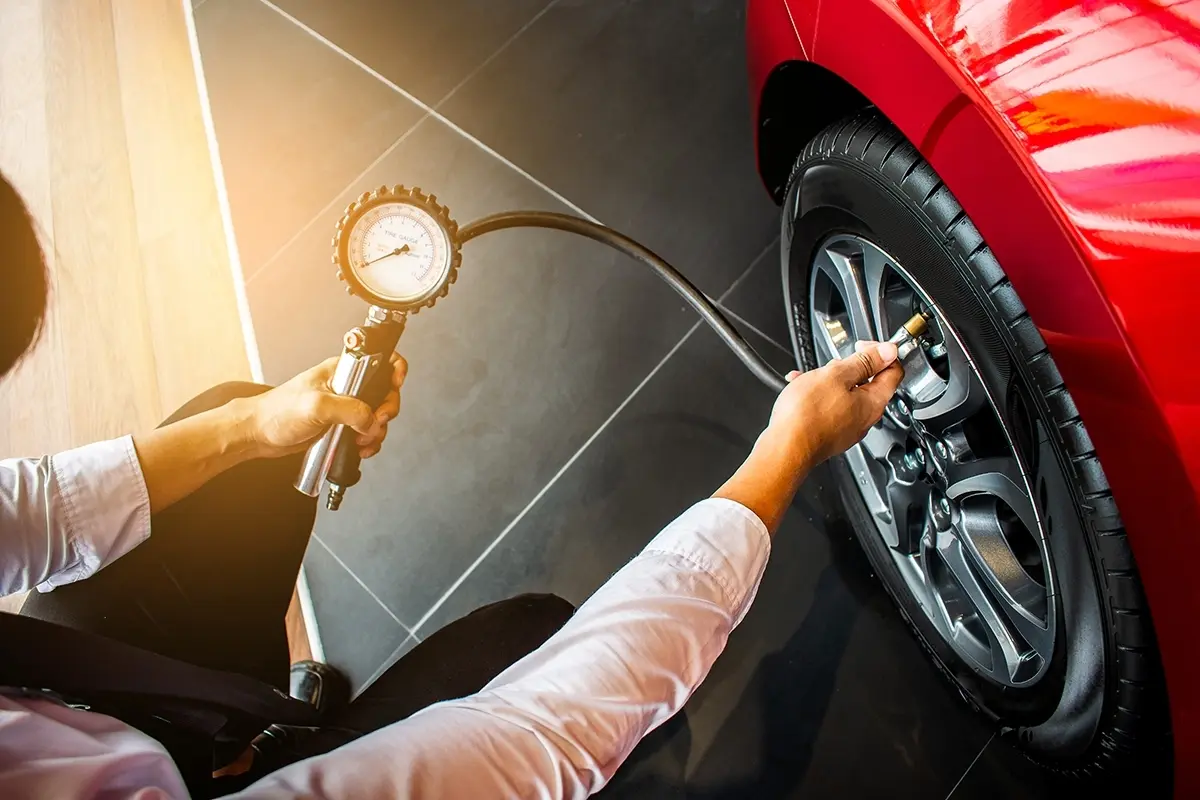
Temperature shifts directly affect pressure levels. In cold weather, air contracts, lowering the pressure inside your wheels. This often catches drivers off guard during winter. A sudden drop can leave your vehicle sluggish and gas-guzzling.
Investing in a reliable gauge ensures you catch pressure changes early. Make checking part of your seasonal routine, just like switching to your winter rubber.
Top Tips for Maintaining Proper Levels
- Check weekly: Use a digital or manual gauge to measure pressure regularly.
- Follow manufacturer guidelines: Find recommended levels in your manual or on the doorframe sticker.
- Adjust for loads: Carrying heavy cargo? Increase pressure slightly for optimal performance.
- Replace damaged rubber promptly: Small leaks can add up over time.
- Monitor weather shifts: Be vigilant during temperature swings to prevent sudden deflation.
Common Myths About Pressure
- Overinflating saves fuel: Not true. It reduces grip and causes uneven wear.
- Only new cars need monitoring: All vehicles require attention.
- A visual check is enough: Looks can be deceiving. Use a gauge.
Choosing Quality Tires
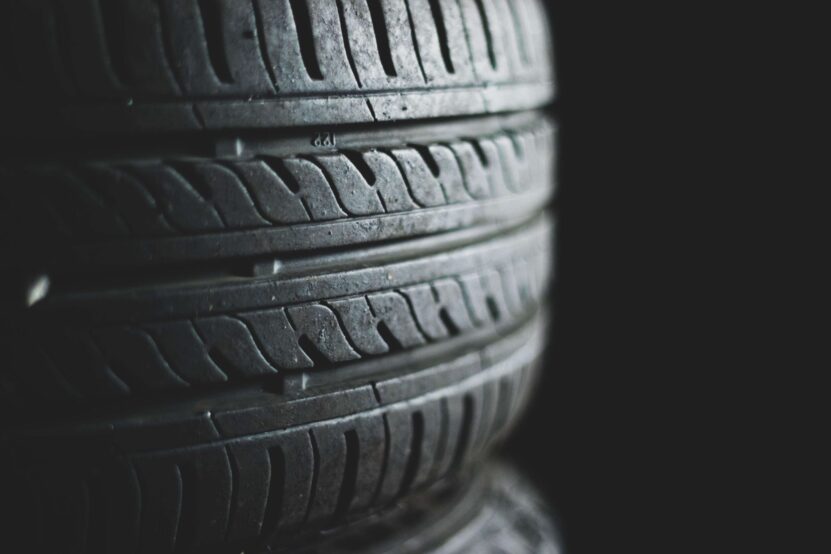
The quality of your wheels plays a big role in maintaining pressure. Cheap, poorly made tires tend to lose air faster, costing you more in the long run. Trusted suppliers ensure you get reliable products that balance safety, performance, and efficiency.
Signs Your Tires Might Be Underinflated
Not everyone checks their pressure regularly, but your car often gives you clues. Look out for these telltale signs:
- Sluggish acceleration: Your car feels heavier or slower to respond.
- Uneven wear: Noticeable tread wear on the edges of your rubber.
- Decreased fuel efficiency: More frequent stops at the pump.
- Pulling to one side: A clear sign of uneven pressure.
If you spot any of these, grab a gauge and make adjustments immediately.
The Role of Tire Pressure Sensors
Many modern vehicles come equipped with sensors to monitor pressure. They alert you to any sudden drops, adding an extra layer of safety. However, these sensors are not foolproof.
- Calibration errors: Sensors can sometimes misread levels.
- Delayed alerts: A slow leak may not trigger the system quickly.
- Maintenance required: Sensors need regular servicing to function correctly.
Even with sensors, a manual check remains the best way to stay on top of your pressure levels.
How Overinflation Can Hurt Your Vehicle
While low pressure is a common issue, overinflation can also cause problems. Overinflated rubber reduces the contact area with the road, compromising grip and stability.
- Higher risk of blowouts: Excessive pressure weakens the rubber’s structure.
- Uneven wear: The center of the tread wears out faster.
- Reduced braking efficiency: Less surface area in contact with the road.
Always stick to your car manufacturer’s recommended pressure levels for a safer and smoother ride.
Why Gas Mileage Drops Faster in Cold Weather
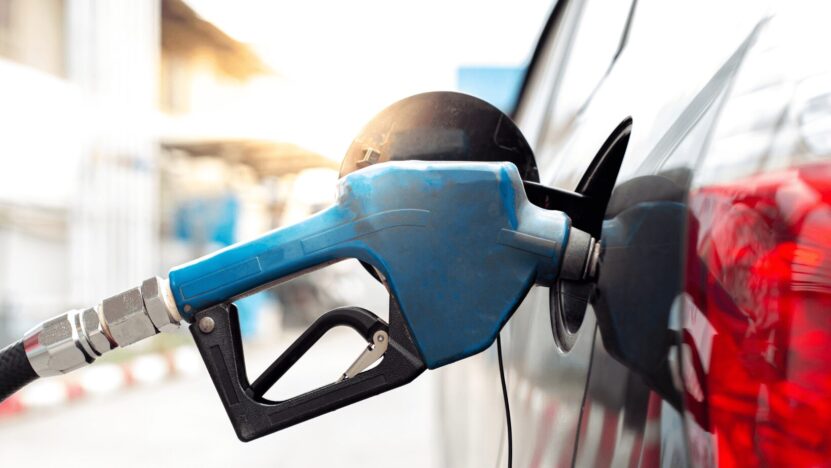
Cold weather impacts both air density and fuel efficiency. As temperatures fall, your car’s engine works harder to warm up, while your tires lose pressure more rapidly. This double effect can lead to a noticeable drop in mileage.
Prepare for winter by:
- Checking pressure more frequently.
- Switching to winter rubber designed for lower temperatures.
- Ensuring proper engine maintenance to handle colder conditions.
- A little preparation can save you from costly surprises during the colder months.
FAQs
1. How often should I check my pressure?
Every week or at least once a month to ensure consistent levels.
2. Do all cars lose pressure at the same rate?
No, it depends on the type of rubber, usage, and external conditions.
3. Does tire pressure affect ride comfort?
Yes, improper levels lead to bumpy rides and less control.
4. Can overinflating rubber cause damage?
Yes, it leads to reduced grip, uneven wear, and a higher chance of blowouts.
5. Is nitrogen better than air for inflation?
Nitrogen maintains levels longer but isn’t essential for everyday drivers.
Proper tire pressure isn’t just a maintenance task—it’s an easy way to save money, stay safe, and keep your car performing its best. Regular checks and choosing the right tires make all the difference.
Conclusion
Tire pressure plays a crucial role in your vehicle’s performance, safety, and fuel efficiency. Properly inflated wheels help you save money at the pump, reduce wear, and maintain better control on the road. Ignoring this simple maintenance task can lead to costly repairs, uneven wear, and even safety risks.
Checking pressure regularly, investing in quality rubber, and adjusting for seasonal changes are all simple steps that make a big difference. Whether you’re prepping for winter or just trying to stretch your gas mileage, keeping your tires in check is one of the easiest ways to drive smarter and safer.
Don’t let a small oversight cost you big—take control of your tire pressure and enjoy a smoother, more efficient ride.

